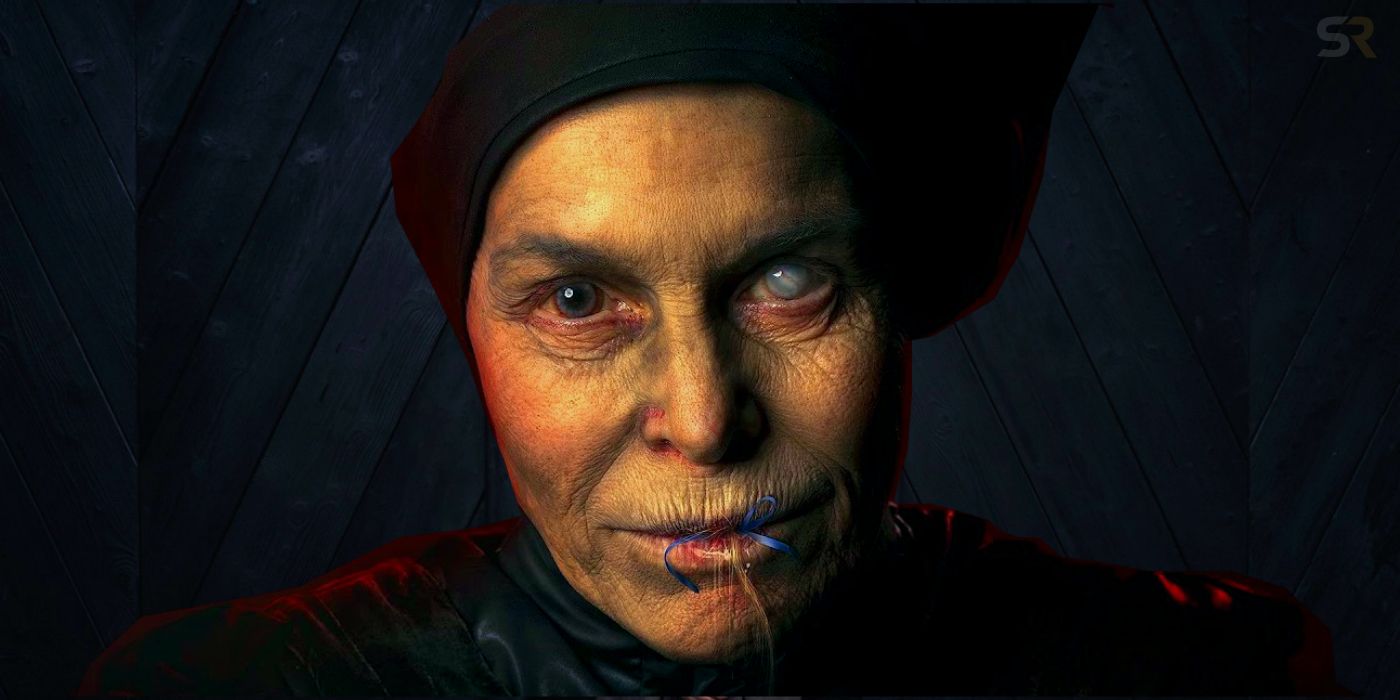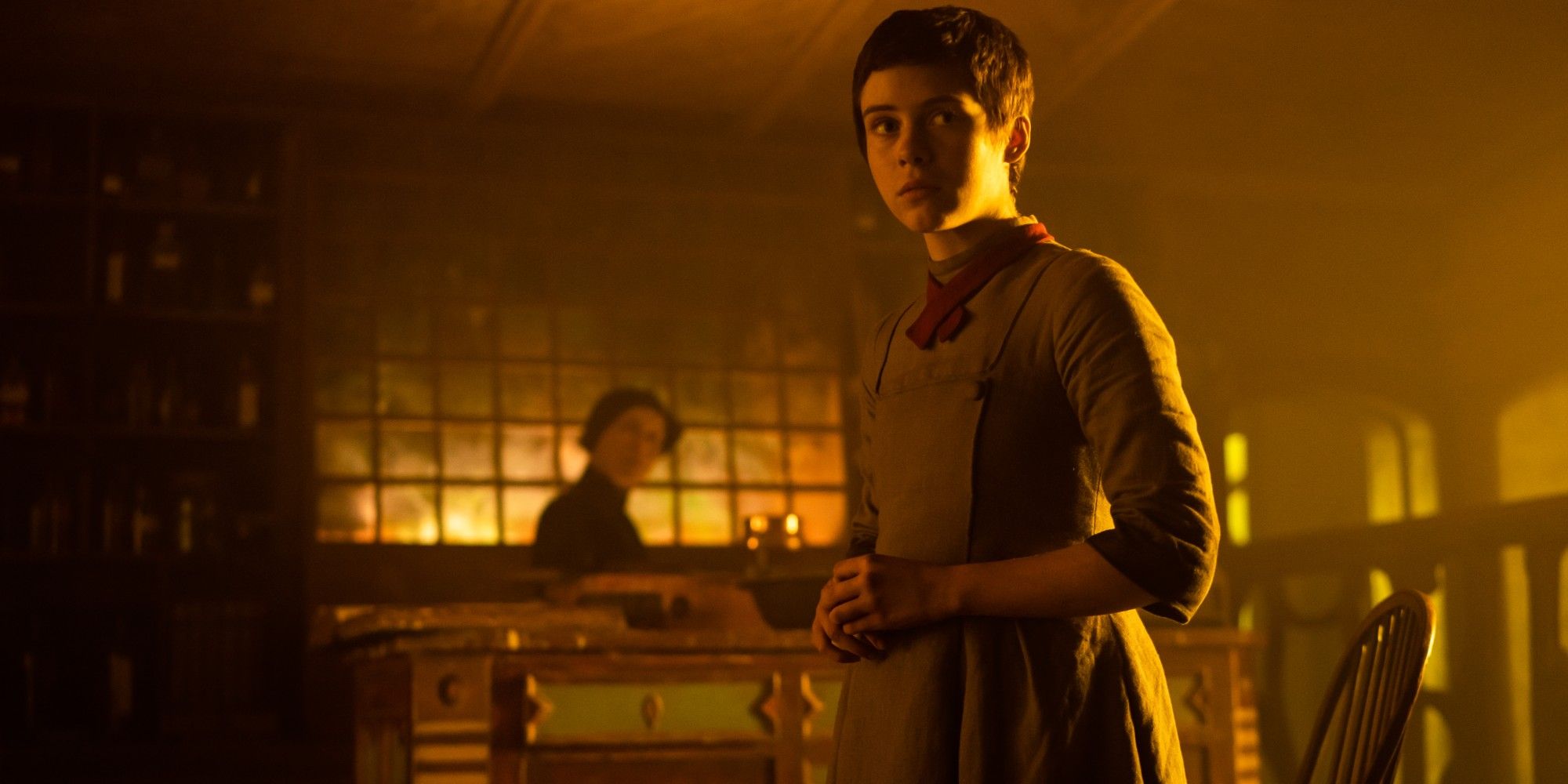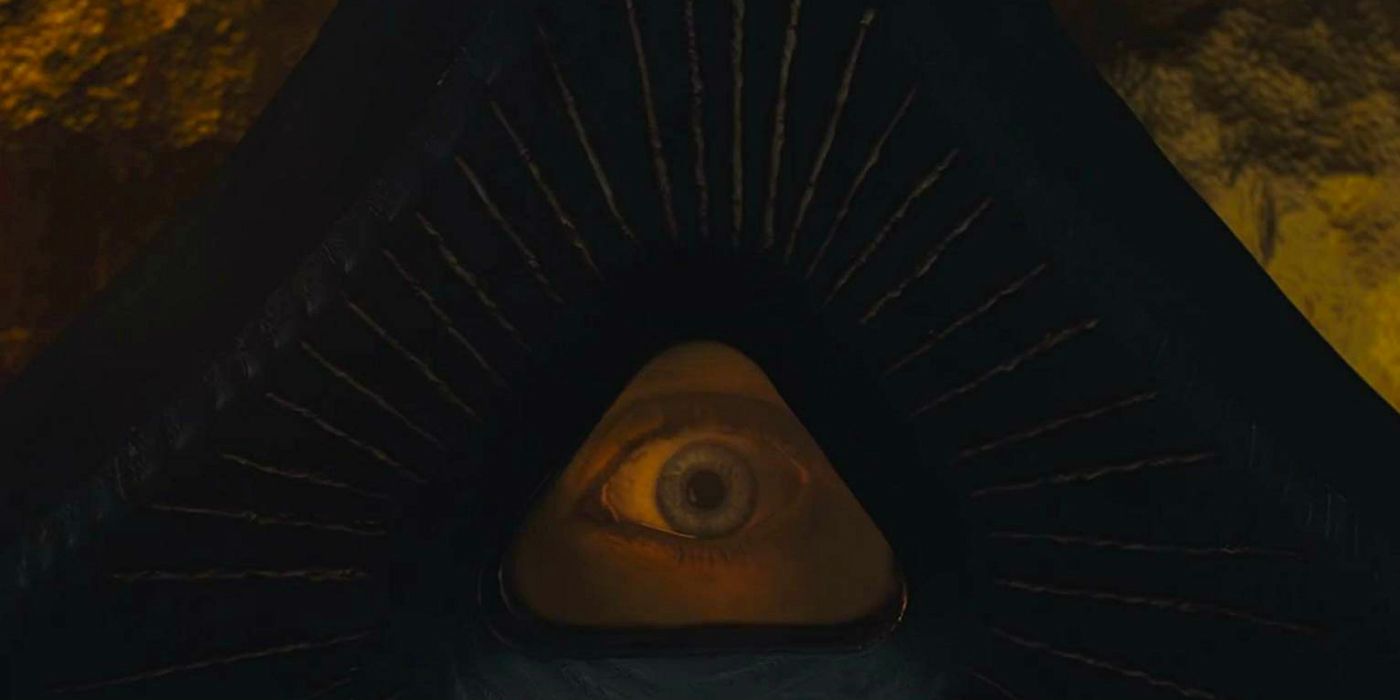Although its most obvious source of inspiration is the Grimm Brothers’ fairy tale, Gretel & Hansel’s storybook slow burner also takes plenty of cues from other movies in the horror genre.
Gretel & Hansel follows two siblings in their attempt to survive in the woods. Gretel (Sophia Lillis) is forced to act as a surrogate mother figure to her younger brother Hansel (Samuel Leakey). When they come upon Holda’s (Alice Krige) overly lavish home, the witch tries to tempt Gretel down a different, darker path.
Gretel & Hansel follows the beats of the original fairy tale quite closely. Director Oz Perkins uses careful lingering shots to convey the darker themes broached in this horror reimagining. With its slow burn bent, Gretel & Hansel joins the annals of folk horror, pulling from a number of sources both modern and classic. In doing so, the film has added another title to the sub-genre, which has been growing in popularity since the premiere of films like The Witch and Midsommar.
Gretel & Hansel Follows In The Footsteps Of Folk And Fairy Tale Horror

In 2015, Robert Eggers’ The Witch took the horror scene by storm, raking it in at the box office and kicking off a modern folk horror trend of films inspired by folktales delivering stories at a slow pace fraught with creeping dread. Gretel & Hansel borrows several elements from The Witch: its witchcraft theming, its atmospheric storytelling, its desiccated shots of an antagonistic nature. Much like Ari Aster’s Swedish cult hit Midsommar, Gretel & Hansel explores a wild kind of isolation. Both movies contain a scene in which the characters become disoriented from consuming magic mushrooms; the nature becomes imposing from within as well as from without.
What Tolkien did for fantasy, Guillermo Del Toro classic Pan’s Labyrinth did for the way fairy tales are portrayed onscreen. Gretel & Hansel borrows several elements popularised in Pan’s Labyrinth: the fairy-tale-esque rule of three repetitions, the inclusion of supernatural figures that both play into the plot and add to the texture of the world, the disarming mix of magic and realism. As Holda pulls a strand of hair out of her mouth to Gretel’s horror, the scene uses the same creaking movement and crackling sound effects that first terrified audiences in the Pale Man scene from Pan’s Labyrinth.
Gretel & Hansel Takes Place In A Dystopian World

Gretel & Hansel exists in a world out of time and space, a setting wholly fairy tale and disturbingly dystopic. This liminality is reminiscent of Yorgos Lanthimos’ The Lobster, which takes place in a disjointed version of the real world presented to the audience through patiently ambling shots. In both movies, characters affect a storybook way of speaking, adding to atmospheric nature. This style of restrained storytelling has seeped into the horror genre. 2018 was a strong year for slow burn horror, giving the world both Hereditary and Suspiria. Gretel & Hansel borrows from these movies’ focus on more psychological horror, eschewing jump scares for unflinching slow shots. Rather than grand supernatural events, the movies use more grounded elements such as witchcraft and devil worship to turn even the fantasy entirely human.
Gretel & Hansel’s Director Confirms The Movie’s Visual Inspirations

In an interview with CBR, Perkins stated that much of his inspiration comes from specific images rather than other movies: “What tends to happen is I’ll latch onto a figure or a shape or a painting or a photograph or a sound or something that becomes immovable.” The shadowy fraught shots of Gretel & Hansel are evocative of the expressionist movement. Expressionism is a school of art that uses the distortion of visuals to indicate the emotional state of the subject. Between Gretel’s twisted dreamscapes and the warped forest shadows, Gretel & Hansel conjures paintings like Edvard Munch’s The Scream or films like German expressionist piece Nosferatu. According to Perkins, one of the images that captured him for Gretel & Hansel is the triangle, present in everything from the design of Holda’s house to the framing of certain shots.




